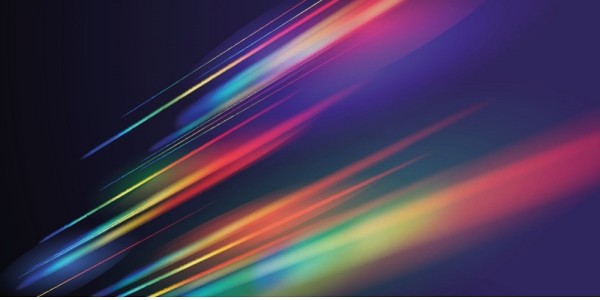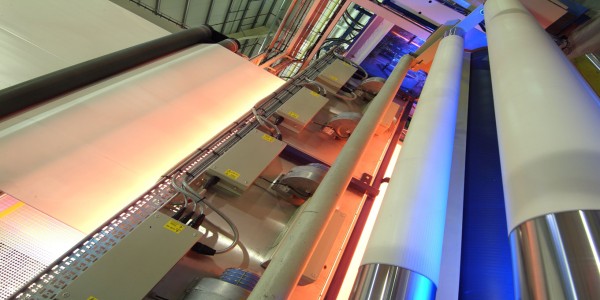Read the latest Excelitas Noblelight news. Learn more about product developments and the wide range of application possibilities using our photonics-based solutions.
Please contact us directly for press inquiries.
Since the turn of the year Noblelight is a proud member of the worldwide Excelitas Technologies organization.
You can find more press releases here.












